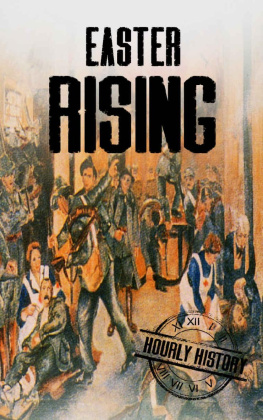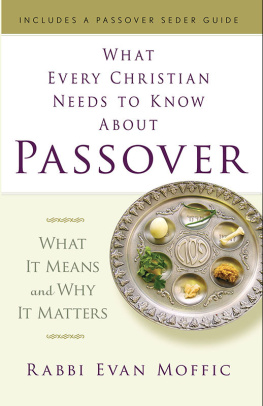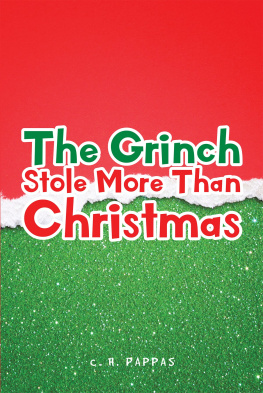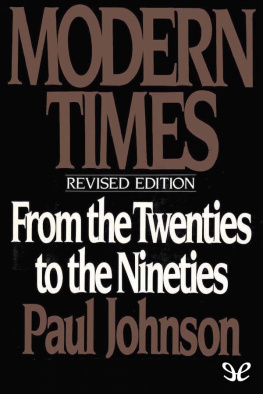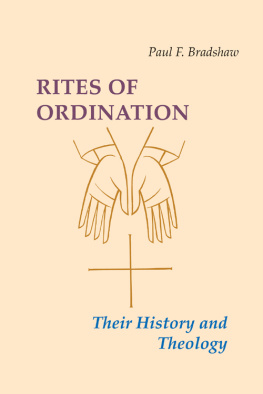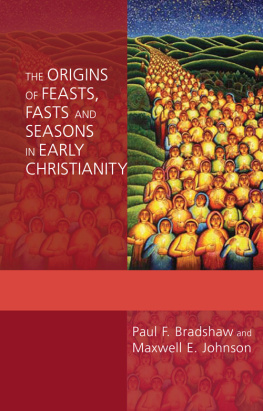Bradshaw Paul F. - Passover and Easter : origin and history to modern times
Here you can read online Bradshaw Paul F. - Passover and Easter : origin and history to modern times full text of the book (entire story) in english for free. Download pdf and epub, get meaning, cover and reviews about this ebook. year: 2016, publisher: Fortress Press, genre: Religion. Description of the work, (preface) as well as reviews are available. Best literature library LitArk.com created for fans of good reading and offers a wide selection of genres:
Romance novel
Science fiction
Adventure
Detective
Science
History
Home and family
Prose
Art
Politics
Computer
Non-fiction
Religion
Business
Children
Humor
Choose a favorite category and find really read worthwhile books. Enjoy immersion in the world of imagination, feel the emotions of the characters or learn something new for yourself, make an fascinating discovery.

- Book:Passover and Easter : origin and history to modern times
- Author:
- Publisher:Fortress Press
- Genre:
- Year:2016
- Rating:5 / 5
- Favourites:Add to favourites
- Your mark:
- 100
- 1
- 2
- 3
- 4
- 5
Passover and Easter : origin and history to modern times: summary, description and annotation
We offer to read an annotation, description, summary or preface (depends on what the author of the book "Passover and Easter : origin and history to modern times" wrote himself). If you haven't found the necessary information about the book — write in the comments, we will try to find it.
Passover and Easter : origin and history to modern times — read online for free the complete book (whole text) full work
Below is the text of the book, divided by pages. System saving the place of the last page read, allows you to conveniently read the book "Passover and Easter : origin and history to modern times" online for free, without having to search again every time where you left off. Put a bookmark, and you can go to the page where you finished reading at any time.
Font size:
Interval:
Bookmark:
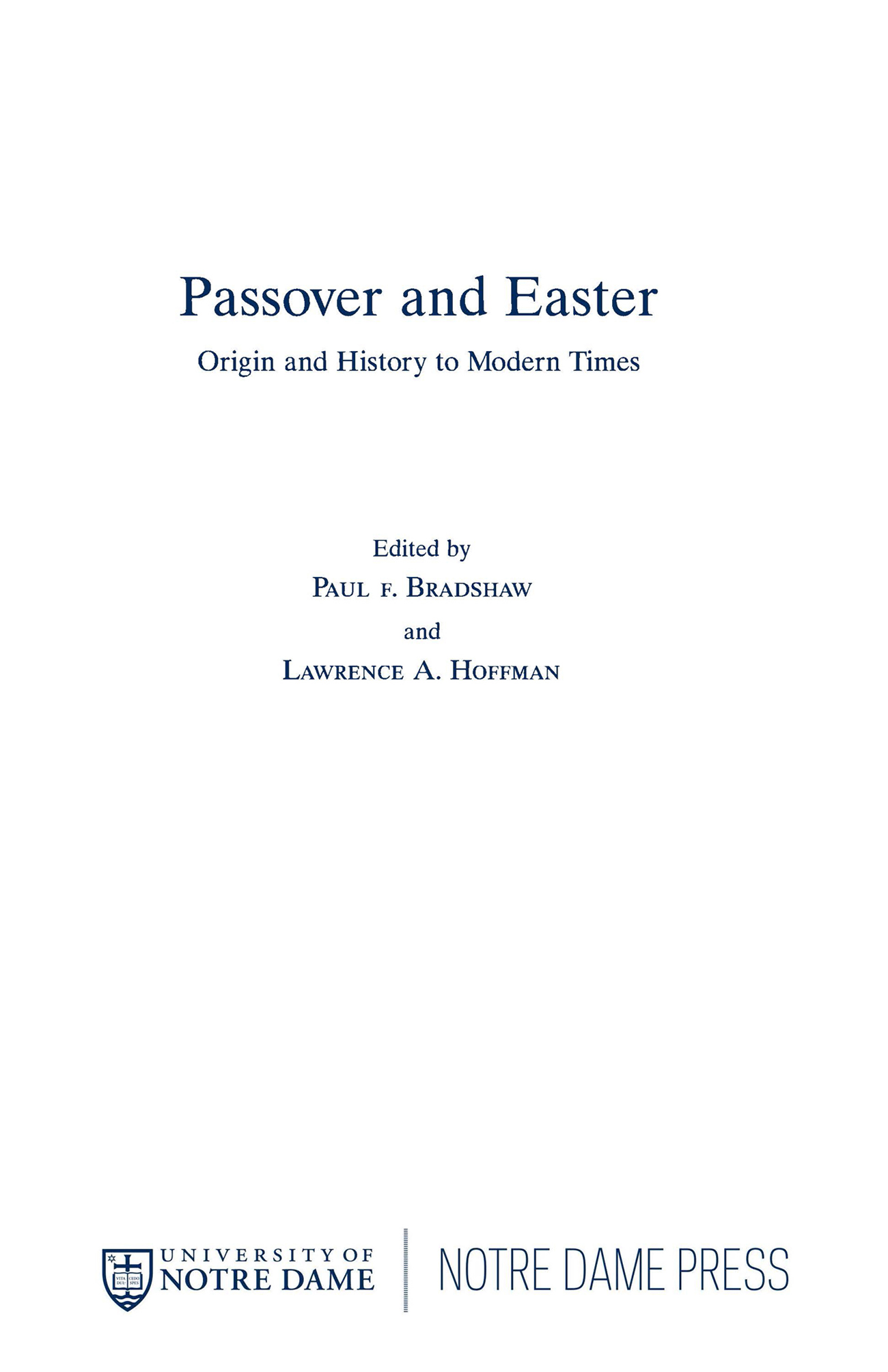
PASSOVER AND EASTER
TWO LITURGICAL TRADITIONS
Volume 5
Origin and History to Modern Times
Edited by
PAUL F. BRADSHAW
and
LAWRENCE A. HOFFMAN

University of Notre Dame Press
Notre Dame, IN 46556
All Rights Reserved
Copyright 1999 by University of Notre Dame
Manufactured in the United States of America
Library of Congress Cataloging-in-Publication Data
Passover and Easter : origin and history to modern times/
edited by
Paul F. Bradshaw and Lawrence A. Hoffman.
p. cm. (Two liturgical traditions ; v. 5)
Includes bibliographical references and index.
ISBN 0-268-03857-0 (cloth : alk. paper).
ISBN 0-268-03859-7
(pbk. : alk. paper)
1. EasterHistory. 2. PassoverHistory.
3. JudaismRelationsChristianity. 4. Christianity
and other religionsJudaism. I. Bradshaw, Paul F.
II. Hoffman, Lawrence A., 1942 . III. Series.
BV55.P275 1999
263.9309dc21 9841342
The author and publisher thank Tarbiz for permission to use Israel J. Yuvals Easter and Passover As Early Jewish-Christian Dialogue, an expanded version of which appeared originally in Hebrew in Tarbiz 65, no. 1 (October/November 1995). The Magnes Press, The Hebrew University 1995.
eISBN 9780268159139
The paper used in this publication meets the minimum requirements of the American National Standard for Information SciencesPermanence of Paper for Printed Library Materials, ANSI Z39.481984.
This e-Book was converted from the original source file by a third-party vendor. Readers who notice any formatting, textual, or readability issues are encouraged to contact the publisher at .
Paul F. Bradshaw
Lawrence A. Hoffman
PART 1
ORIGINS IN ANTIQUITY
Blake Leyerle
Joseph Tabory
Paul F. Bradshaw
Israel J. Yuval
PART 2
MEDIEVAL DEVELOPMENTS
Israel J. Yuval
Joanne M. Pierce
PART 3
MODERN TRANSFORMATIONS
Carole B. Balin
John Allyn Melloh
| AAS | Acta Apostolicae Sedis |
AJS Review | Association of Jewish Studies Review |
CIL | Corpus Inscriptionum Latinarum |
HTR | Harvard Theological Review |
HUCA | Hebrew Union College Annual |
JBL | Journal of Biblical Literature |
JJS | Journal of Jewish Studies |
JQR | Jewish Quarterly Review |
PG | Patrologiae Cursus Completus, Series Graeca, ed. J. P. Migne |
REJ | Revue des tudes Juives |
PAUL F. BRADSHAW
The leading liturgical scholar Robert Taft is fond of saying that words are words but things are things. By this he means that in our study of liturgical history we may encounter a wide range of different names for a rite or a variety of different explanations as to its meaning, yet no matter what it is called or how it is defined, it is nevertheless the same ritual act that is persisting throughout different historical periods and often in diverse regional and ecclesiastical traditions. In examining the Christian feast of Easter, however, we are faced with an example of exactly the opposite phenomenon, where the same name persists, but the liturgical celebration to which it refers changes its form and function quite radically in the course of history.
We can see the first of these major shifts, or mutations as we might call them, in the first few centuries of Christianitys existence, as my own essay in this volume reveals. The celebration of Pascha (as Easter was known) began life as the Christian version of the Passover, observed on the same day as its Jewish antecedent and focused upon Christ as the paschal lamb who had been sacrificed for the sins of the world, although this central theme was set within the context of the whole of the Christ-event, from his birth to his expected second coming. By the fourth century, however, the festival had changed its form and meaning. It was now observed on the Sunday following what would have been the Jewish date and constituted the final part of a three-day celebration (a triduum, as western Christians came to call it) of Friday-Saturday-Sunday, commemorating the passage of Christ from death to resurrection. Its theme was therefore no longer Christ, the Passover lamb, sacrificed for us (cf. 1 Cor. 5:7) but Alleluia! Christ is risen!
Alongside this, further changes had been taking place, as the essays by Maxwell Johnson and Martin Connell indicate (in the companion volume 6 of this series, Passover and Easter: The Symbolic Structuring of Sacred Seasons). On the one hand, the triduum had acquired a preparatory fast of forty days duration. This was an amalgamation of three quite distinct earlier traditions. There had originally been an annual forty-day fast observed by Egyptian Christians in the period following January 6 in imitation of Jesus forty days of fasting in the wilderness after his own baptism, and also used as a period of preparation for the baptism of new converts in Egypt. There had also been a three-week period of fasting immediately before Easter kept by those in Rome and North Africa who were preparing for baptism at that festival. And there had been a similar period of fasting before baptism at other times of the year that was observed in other places. As Easter came to be seen universally as the primary occasion in the year for baptism in the fourth century, these customs coalesced everywhere into a standard forty-day season of fasting immediately before that festival. On the other hand, from the end of the second century onwards the Easter celebration had also become extended forwards into a fifty-day season of rejoicingthe days of Pentecostduring which every day was kept as though it were a Sunday, with both fasting and kneeling for prayer forbidden. Thus, more than a quarter of the year was now controlled by the Easter festival.
The unified character of the celebration of sacred time, however, could not survive this liturgical stretching, and cracks quickly began to appear. Eventually, as Joanne Pierces contribution in particular demonstrates, the one celebration all but collapsed into a succession of relatively independent feast days, each commemorating some individual occasion in the life of Jesus or of the early church. With this came a change in the style of the liturgical observances themselves. The English liturgical scholar Kenneth Stevenson has offered a very useful categorization of three successive stages in this evolution.1
The first, which existed during the first three centuries of the churchs existence, he calls unitive. Here the paschal mystery was celebrated as a whole in the single night of the Easter liturgy: it may have been preceded by a short preparatory fast of one, two, or more days, and prolonged into the fifty-day season of Pentecost, but there was no division of the period into discrete portions with separate liturgies focusing on different aspects of the whole.
The second stage he calls rememorative. This emerged during the fourth century, beginning apparently at Jerusalem, where various events recorded in the New Testament in connection with the death and resurrection of Jesus began to be commemorated individually in the very places and on the very days that they were believed to have happened. Since most of the significant events prior to the resurrection of Jesus happened in the seven days immediately preceding it, this period came to be called Great Week by Christians in the East and Holy Week by those in the West. These celebrations incorporated certain elements that featured in the biblical narratives, but no attempt was made as yet to reenact the episodes in all their details. So, for example, on the Sunday before Easter the whole crowd walked down the Mount of Olives carrying branches of palm or olive and repeating Blessed is he who comes in the name of the Lord, in remembrance of Jesus triumphal entry into the city, but a donkey was not included in the procession. Similarly, no attempt was made to locate the eucharistic celebrations on Holy Thursday at the supposed site of the Last Supper, and the procession from Gethsemane through the city in the early hours of Good Friday did not replicate precisely the route taken by Jesus, with detours to the house of Caiaphas or Pilate. Instead the procession went directly to Golgotha, where later in the day a supposed relic of the true cross was venerated, but there was no dramatic reenactment of the events leading up to the crucifixion itself.
Next pageFont size:
Interval:
Bookmark:
Similar books «Passover and Easter : origin and history to modern times»
Look at similar books to Passover and Easter : origin and history to modern times. We have selected literature similar in name and meaning in the hope of providing readers with more options to find new, interesting, not yet read works.
Discussion, reviews of the book Passover and Easter : origin and history to modern times and just readers' own opinions. Leave your comments, write what you think about the work, its meaning or the main characters. Specify what exactly you liked and what you didn't like, and why you think so.

